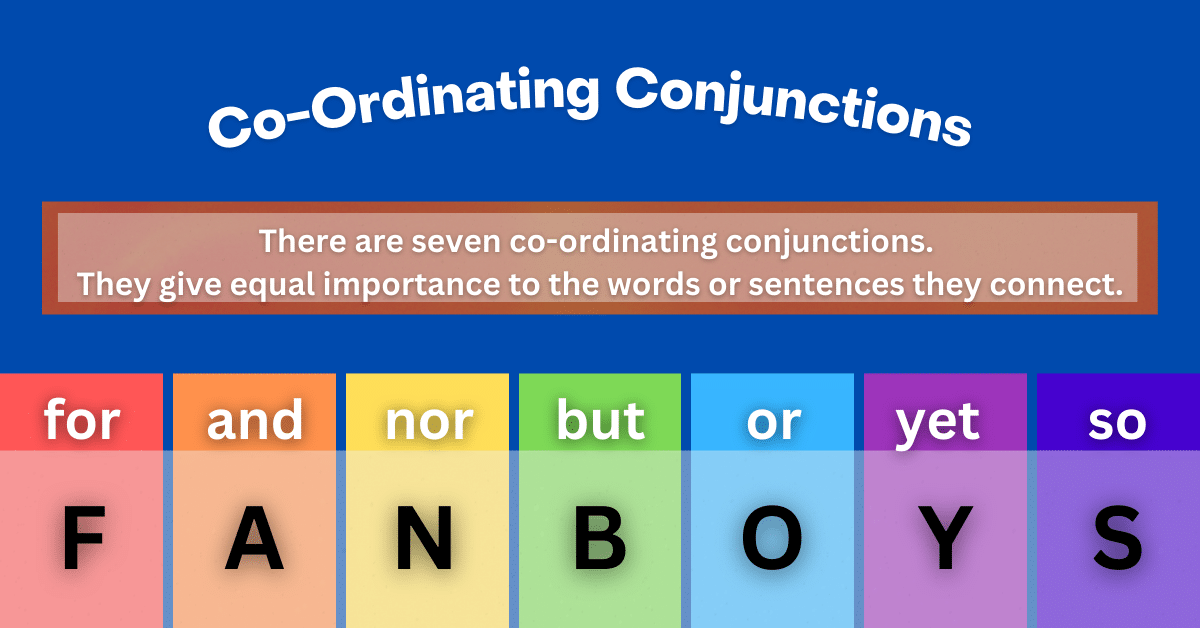
If you want to learn more about commas and when to use them in your writing, you're in the right place. This article will teach you everything you need to know to use them properly.
In short:
This guide is part of our free online Grammar Book.
Commas are a form of punctuation used to mark a pause in a sentence. The pause is less long than the one warranted by periods, and commas are found in the middle of sentences, not at the end.
They pretty much do the same job as brackets, but they just look a lot neater. Plus, you can use a lot of commas in your writing, but a lot of brackets would be overkill.
Look at this example adapted from the famous grammar book "Eats, Shoots and Leaves:"
The panda eats shoots and leaves.
The panda eats, shoots and leaves.
The first sentence talks about a panda's diet: they eat shoots and leaves. Adding just a single comma in the second sentence completely changes the meaning. It's now saying that after eating, the panda shoots something and then takes off.
So as you can see, it's important that you get commas right so you can be sure your intended meaning comes across. So read on to find out when you should and shouldn't use commas.
Independent clauses are parts of a sentence that form a complete thought. So technically, you only need one to make a sentence. But often, a sentence will be made up of two independent clauses, and when that's the case, you should join them with a comma if a coordinating conjunction connects them.
The seven coordinating conjunctions can easily be remembered using the famous acronym FANBOYS:

Let's have a look at what this looks like in a sentence:
I took a walk around the estate, and I headed into town.
Remember that the comma and the coordinating conjunction are inseparable when it comes to connecting two independent clauses, as the comma alone isn't strong enough to do that.
It's okay to omit the comma if the two independent clauses are quite short:
You go and I'll stay.
Sometimes you'll begin your sentence with a dependent clause or phrase, and when you do, you use a comma to segue into the rest of the sentence.
Because of my accident, I have to take it easy.
The same goes when you start your sentence with an introductory clause or phrase:
Being the first ones to arrive, we decided to take a tour of the cabin.
Again, if the dependent or introductory clause or phrase is short, you can omit the comma:
While there let's pay Tom a visit.
When you make a horizontal list, you use colons to separate the items in the list. That's unless it's a complex list, in which case you might want to use semicolons.
Let's take a look at what that might look like in a sentence:
The bird was beautiful with its blue, black and red colors. ✅
Since there are three items in the list, there's a comma after the first item, then the second and third items are separated by the word 'and.'
You could also use a comma between the second item and the word 'and' like this:
The bird was beautiful with its blue, black, and red colors. ✅
This is called an Oxford comma, and we'll discuss that in more depth later.
Use commas to separate nonessential items from the rest of the sentence.
This could come in the form of nonrestrictive clauses:
The medal, which I won at a high school competition, has disappeared.
Or it could be appositives (a group of words that replaces a noun):
David, the man in a blue shirt, owns this house.
Make sure you use two commas: one before and one after the phrase or clause.
Interrupters, as the name suggests, are groups of words that appear in the middle of a sentence in an interruptive way to add more information or context. When you use interrupters, make sure you add a comma on either side of it to separate it from the rest of the sentence.
For example:
By the time we started eating dinner it was, unsurprisingly, cold.
Question tags are placed at the end of a sentence when we expect the listener to agree with us. They're mostly conversational but are used in writing, too. When they are, they must be separated from the rest of the sentence with a comma.
Pandas don't eat shoots and leaves, do they?
To show that you're speaking directly to someone, one thing you can do is say their name and follow it with a comma. Or you can place their name at the end of the sentence, after a comma.
Joan, follow me. ✅
Follow me, Joan. ✅
There's a practice called narration, in which you can either directly or indirectly quote something somebody has said. When you use a direct quote, you place this between quotation marks and precede it or follow it with a comma, as illustrated in the two following sentences.
Before she took off she said, "I've had the best weekend." ✅
"I've had the best weekend," said Jane. ✅
When writing the date, sometimes you'll need to use a comma. There are two instances in particular where you'll need to do that.
Between a day of the week and the day/date:
She was born on Tuesday, January 3rd.
When using the month-day-year format before and after the year:
It was August 2nd, 1999, the hottest day of the year.
You also need to use a comma to separate parts of an address:
She lives at 1 Grammar Street, Punctationville, Washington DC.
We're going on vacation to Sydney, Australia.
Numbers also sometimes require commas. Usually, if they're more than three digits long, you can separate them into groups of three using commas.
For example:
4, 600
101, 000
1, 504, 712
Now we've discussed the main rules around when to use commas. There are a few special circumstances you ought to know about because you'll probably come across them in your own writing.
The first one is the 'Oxford comma,' which we discussed briefly earlier on. It's also sometimes called the serial comma, and it refers to the choice between whether or not to use a comma before the conjunction 'and' when it precedes the final item in a list. Look at the two following sentences; the first uses the Oxford comma, while the second one doesn't.
I like hanging out with my friends, whiskey, and chocolate.
I like hanging out with my friends, whiskey and chocolate.
Some say that not using the comma creates confusion. Look at the second sentence, for example. It sounds like the writer is implying that her friends are whiskey and chocolate. Whereas in the first sentence, it's clear that friends, whiskey, and chocolate are three distinct things the author enjoys.
Others recommend avoiding the Oxford comma because they feel it encumbers the sentence unnecessarily. And besides, they say, to prevent the kind of confusion we saw in those two sentences, a simple rewording can clear that up. For example:
I like hanging out with my friends, drinking whiskey, and eating chocolate.
So what's the verdict? Should you or shouldn't you use the Oxford comma? The bottom line is that it's up to you (or the style guide your organization uses. But whatever you choose, stay consistent.
Using commas with quotation marks and parentheses isn't overly complicated, but there are still some guidelines you need to be aware of to ensure you're using them correctly.
We'll start with quotation marks. Whether double (") or single ('), quotation marks allow you to cite someone else's words or make passages stand out for a variety of reasons. Sometimes, you might place quoted text in the middle of the sentence and follow them with a comma. When you do that, make sure you place the comma before the closing quotation mark and not after, though you might be tempted to. So as an example, your sentence might look something like this:
We had planned to have lunch at "Las Cabanas," but it was closed. ✅
We had planned to have lunch at "Las Cabanas", but it was closed. ❌
However, when it comes to parentheses (also known as brackets), you'll never place a comma before the opening or closing bracket.
Never place a comma before parentheses, (also known as brackets) or you'll upset the Grammar Gods. ❌
Never place a comma before parentheses (also known as brackets,) or you'll upset the Grammar Gods. ❌
Never place a comma before parentheses, (also known as brackets,) or you'll upset the Grammar Gods. ❌
The only correct way to place a comma in this sentence is as such:
Never place a comma before parentheses (also known as brackets), or you'll upset the Grammar Gods. ✅
These guidelines are the most popular according to grammar rules around punctuation in the U.S. specifically. Rules vary in different countries and according to different style guides.
That concludes this article on commas and how to use them. I hope you found it useful.
Let's summarize what we've learned:
If you liked this article, you'd definitely love our Grammar Book, a free online database of grammar articles. Check it out!
We encourage you to share this article on Twitter and Facebook. Just click those two links - you'll see why.
It's important to share the news to spread the truth. Most people won't.
